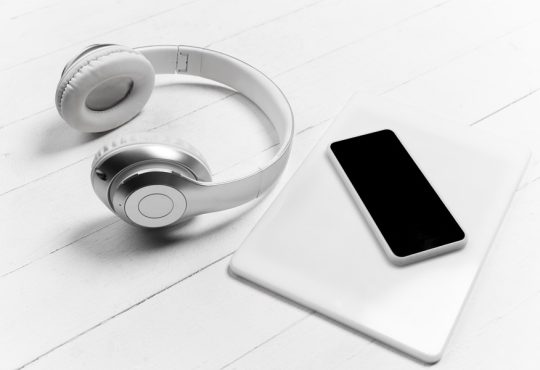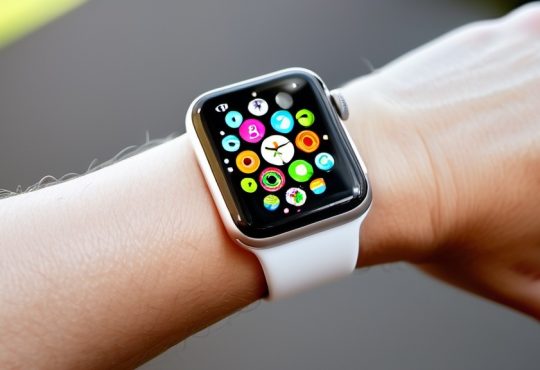Smartwatches have become indispensable gadgets for many, offering features that range from fitness tracking and notifications to navigation and smart home control. However, with the rapid pace of technological advancement, new models are constantly hitting the market, and their prices can be steep. For those looking to save money without sacrificing functionality, refurbished smartwatches present an attractive alternative. In this article, we’ll explore the various aspects of buying a refurbished smartwatch, including cost savings, quality and reliability, warranty and support, features and technology, potential drawbacks, and overall value to determine if this option is worth considering.
Cost Savings
One of the primary reasons people consider refurbished smartwatches is the significant cost savings compared to purchasing a brand-new model. Refurbished smartwatches are often available at a fraction of the price of their new counterparts. The cost reduction can be substantial, ranging from 20% to 50% off the original retail price, depending on the model and condition of the device.
Price Comparison
For instance, a new flagship smartwatch from a major brand might cost around $400 to $700. A refurbished version of the same model could be available for as little as $200 to $350. This price difference can make a refurbished smartwatch an appealing option, particularly for budget-conscious consumers or those who prefer to spend less on technology that still provides essential features.
Economic Advantages
Buying refurbished not only helps in saving money but also enables consumers to access high-quality technology at a lower price point. This can be especially advantageous if you’re looking to own a high-end model without paying the premium associated with new devices. Additionally, the savings can be used towards other tech gadgets or personal expenses.
Quality and Reliability
Refurbishment Process
Refurbished smartwatches undergo a thorough refurbishment process before being sold. This process typically involves several key steps:
• Inspection and Testing: The smartwatch is inspected for any signs of damage or malfunction. All functions are tested to ensure they work properly.
• Repair and Replacement: Any defective or worn-out parts are replaced with new or certified refurbished components. This ensures that the smartwatch meets the original manufacturer’s specifications.
• Cleaning and Cosmetic Restoration: The device is cleaned and, if necessary, its appearance is restored to near-new condition. Scratches and blemishes are polished out or replaced with new casings.
• Quality Assurance: After refurbishment, the smartwatch undergoes a final quality check to confirm that it meets performance standards.
Certification and Standards
Refurbished smartwatches are often certified by the manufacturer or third-party refurbishers, ensuring that they meet specific standards of quality and performance. Many refurbished devices come with a guarantee that they are fully functional and have been restored to a high standard.
Reliability Considerations
The reliability of refurbished smartwatches largely depends on the quality of the refurbishment process. Reputable sellers and manufacturers typically offer warranties and guarantees, which add an extra layer of assurance regarding the device’s performance and longevity.
Warranty and Support
Warranty Coverage
When purchasing a refurbished smartwatch, warranty coverage is an important factor to consider. Most refurbished smartwatches come with a limited warranty that ranges from 90 days to one year, depending on the seller or manufacturer. This warranty generally covers any defects or issues that arise due to manufacturing faults.
Comparison with New Models
New smartwatches usually come with a standard manufacturer’s warranty that lasts one to two years. The extended warranty period of new devices can be a significant advantage, especially if the smartwatch is a critical tool for daily use. However, the warranty offered with refurbished models often provides adequate protection for common issues that may arise shortly after purchase.
Customer Support
Support for refurbished smartwatches can vary depending on the seller. Reputable refurbishers often provide customer support services similar to those offered with new products. This can include technical assistance, repair services, and return options. It is crucial to verify the support options available before purchasing a refurbished smartwatch to ensure you have access to help if needed.
Features and Technology
Comparing Features
Refurbished smartwatches typically retain most of the features found in new models, though there may be some differences depending on the age and model of the device. For example, a refurbished smartwatch from a few years ago might lack the latest health-tracking features or advanced sensors found in the newest models.
Current vs. Older Models
When considering a refurbished smartwatch, it’s essential to compare its features with those of the latest models. Older models might not have the most up-to-date technology or compatibility with the latest apps and operating systems. However, they can still provide core functionalities like fitness tracking, notifications, and basic app support.
Technology Updates
Some refurbished smartwatches may not support the latest software updates, which could limit their functionality over time. It’s important to check if the refurbished model you’re considering will receive updates or if it might be outdated in terms of software and app compatibility.
Potential Drawbacks
Limited Availability
Refurbished smartwatches are often available in limited quantities, particularly for older models or high-demand brands. This can make it challenging to find a specific model or configuration that suits your needs.
Potential for Older Technology
While refurbished smartwatches are usually functional and reliable, they may be older models with outdated technology. This can result in fewer features and less advanced performance compared to the latest models on the market.
Wear and Tear
Although refurbished smartwatches are cleaned and repaired, there might still be minor signs of previous use. Scratches, scuffs, or slight wear on the device may be noticeable, although this is typically less of an issue with high-quality refurbishments.
Overall Value
Cost-Benefit Analysis
Assessing the overall value of a refurbished smartwatch involves weighing the cost savings against potential drawbacks. For many consumers, the financial benefits of purchasing a refurbished model outweigh the concerns about minor wear and older technology. The substantial savings can make refurbished smartwatches an appealing option for those who want high-quality technology at a lower price point.
Decision Factors
When deciding whether to buy a refurbished smartwatch, consider your priorities and how important the latest features are to you. If you are looking for essential functionalities and significant cost savings, a refurbished model can offer excellent value. However, if having the newest technology and extended warranty is critical, investing in a new smartwatch might be the better choice.
Buying a refurbished smartwatch can be a smart choice for many consumers, offering significant cost savings without compromising on quality and functionality. By understanding the refurbishment process, warranty options, and potential drawbacks, you can make an informed decision that suits your needs and budget. Whether you’re looking to save money or simply want to explore more affordable tech options, a refurbished smartwatch can provide great value and performance.





